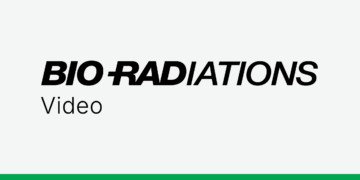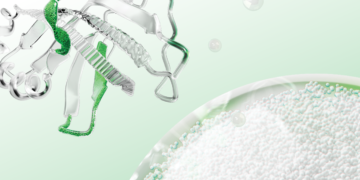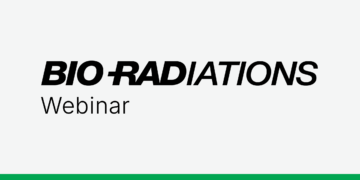Demonstrating a Modular Selectivity with a Weak AEX-HIC Resin for Achieving High mAb Purity and Recovery in a Downstream Process

| Presented by: | Sushmita Koley, PhD Staff Scientist, Process Chromatography R&D Bio-Rad Laboratories |
Dr. Sushmita Koley is a Staff Scientist in the Process Chromatography R&D Group at Bio-Rad Laboratories, where she investigates and characterizes novel chromatographic adsorbents for the downstream purification of biomolecules. Her research interests include leveraging high-throughput screening (HTS) methodology to evaluate the process capabilities of these novel multimodal adsorbents and demonstrate their application in biotherapeutic purification. Dr. Koley’s academic background is in bioprocess technology. She earned her master’s and doctoral degrees from the Institute of Chemical Technology (ICT), India, in 2013 and 2018, respectively. She then joined the Cramer Lab at Rensselaer Polytechnic Institute (RPI) in New York for her postdoctoral tenure, where she expanded her expertise in gene therapy, multimodal adsorbent characterization, and public health response to the COVID pandemic.
Available on demand
Chromatographic purification plays a critical role in the biomanufacturing of molecules such as monoclonal antibodies (mAbs), bispecific antibodies (BsAbs), and other recombinant proteins. After the initial capture step, polishing chromatography typically involves two to four orthogonal steps, using techniques like anion exchange, cation exchange, or hydrophobic interaction chromatography.
However, achieving both high purity and yield has often been challenging with traditional single-mode ion-exchange chromatography methods. To overcome these limitations, the industry has increasingly turned to multimodal adsorbents for purification processes — an innovative solution that not only helps to reduce the number of steps but also improves process economics and achieves sustainability goals.
In this webcast, learn how Bio-Rad’s new Nuvia wPrime 2A Media, a scalable multimodal resin with adjustable selectivity, was employed to design an efficient mAb purification process in a flow-through mode. The purification process demonstrated a 10x reduction of high molecular weight (HMW) species while achieving a high recovery of the mAb monomer.
Join us to learn how Nuvia wPrime 2A Media — a novel weak anion exchange-hydrophobic interaction chromatography (AEX-HIC) resin — can accelerate your method development and benefit your manufacturing processes.
Key Takeaways:
A design of experiment (DOE) approach predicted the effective clearance of aggregates or HMW species.
Nuvia wPrime 2A Media reduced HMW species by over 10x from the load to the purified pool while achieving a total mAb monomer recovery of 85%.
Watch Webinar


